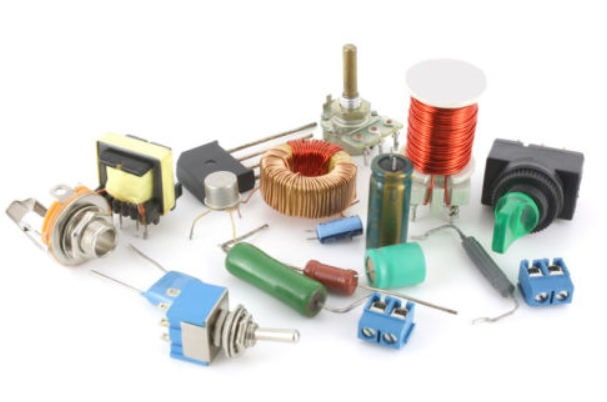Fine-Tuning Precision: Demystifying the Inner Workings of a Trim Potentiometer

In the intricate landscape of electronic components, trim potentiometers, often referred to as trim pots, play a crucial role in achieving precision and calibration within electronic circuits. For those delving into the realm of electronics, the question naturally arises: How does a trim potentiometer work? This exploration endeavors to demystify the inner workings of trim pots, unraveling the mechanisms that contribute to their functionality and importance in electronic applications.
Understanding the Basics: Potentiometers and Variable Resistors
Before delving into trim potentiometers, it's essential to grasp the fundamentals. A potentiometer is a variable resistor that allows for the adjustment of electrical resistance within a circuit. In contrast, a trim potentiometer is a specialized, small-sized potentiometer designed for precision adjustments, often requiring a screwdriver or similar tool for fine-tuning.
Structure and Components:
Trim potentiometers typically consist of a resistive element, a wiper, and two terminals. The resistive element is a coiled wire, and the wiper, connected to the adjustment mechanism, slides along the coil. The two terminals represent the fixed ends of the resistive element.
How Trim Pots Work:
- Adjustment Mechanism:
The adjustment mechanism in a trim pot is usually a small screw or similar device that allows for precise rotation. Turning the screw adjusts the position of the wiper along the resistive element, altering the resistance between the wiper and the fixed terminals. - Fine-Tuning and Calibration:
The primary purpose of a trim pot is to facilitate fine-tuning and calibration in electronic circuits. By adjusting the resistance, the trim potentiometer can precisely control factors such as voltage levels, signal amplitudes, or operational parameters in electronic devices. - Sensitivity and Precision:
Trim pots are engineered for high sensitivity and precision. The compact size and fine thread pitch of the adjustment screw enable minute adjustments, making them suitable for applications where small changes in resistance translate to significant impact on circuit behavior.
Applications in Electronics:
- Oscillator Frequency Adjustment:
Trim pots find application in oscillator circuits where precise frequency adjustments are crucial. By fine-tuning the resistance, engineers can achieve accurate and stable oscillation frequencies. - Voltage Reference Adjustment:
In voltage reference circuits, trim potentiometers enable the adjustment of reference voltages with exceptional precision. This is vital in ensuring accurate voltage levels in various electronic systems. - Gain Control in Amplifiers:
Trim pots are utilized in amplifier circuits for gain control. Engineers can adjust the resistance to finely tune the amplification factor, optimizing the performance of audio or signal amplifiers.
Challenges and Considerations:
While trim pots offer unparalleled precision, it's essential to consider potential challenges. Factors such as temperature variations, mechanical wear, and drift can impact the long-term stability of trim potentiometers. Engineers often address these challenges through careful component selection and circuit design.
Conclusion: Precision at Your Fingertips
In conclusion, understanding how a trim potentiometer works unveils its role as a precision tool in the world of electronics. Whether fine-tuning frequencies, adjusting voltage references, or controlling gain in amplifiers, trim pots provide engineers with a means to achieve exacting control over circuit parameters. As technology continues to advance, the importance of trim potentiometers in ensuring precision and accuracy in electronic applications remains steadfast, allowing engineers to navigate the intricate landscape of electronics with finesse.


